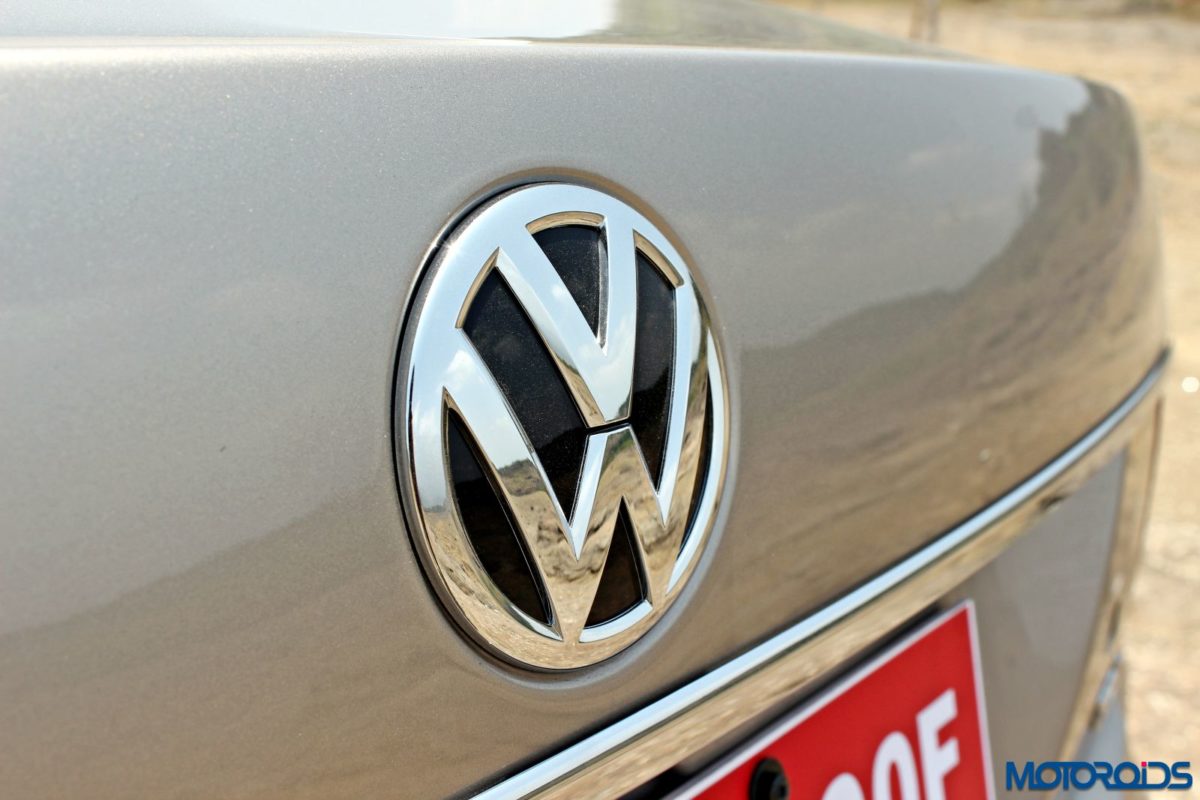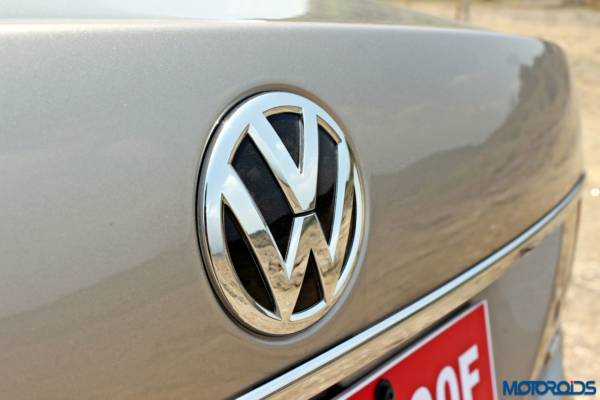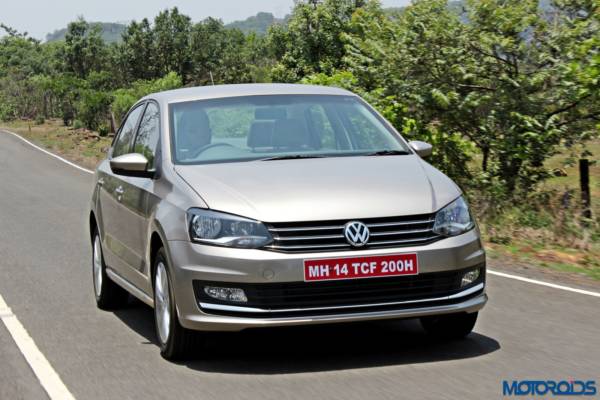Volkswagen AG has confirmed its leading role in the field of electrified and automated driving – and this has been the next generation of electric vehicles at a glance. By increasing energy density and capacity of traction batteries ranges of more than 500 km will be possible in the foreseeable future. This allows a “whole-electrification” of private transport with large vehicle quantities. In order charging for these vehicles as short and to make the handling as efficient and comfortable as possible, the Wolfsburg engineers are working on an automated direct-current (DC) loading system, the automatic e-charging station “e-Smart Connect”.
Next-generation electric vehicles are equipped with large battery capacity. To this energy storage load quickly, very high loading capacities from 80 to 150 kW are required. This can be achieved with DC fast charging technology, but requires cables with large cross sections. Due to their weight and stiffness, these can be handled only with difficulty. The research goal of e-Smart Connect is therefore the automatic coupling of fast charge connector (DC Connector) and vehicle. In conjunction with the automated parking a minimum expenditure of time and the ultimate in comfort and operating safety is therefore guaranteed.
The automated Quick charging starts with the communication between vehicle and electric filling station. The electric vehicle transmits its profile data to the charging station, which transmits the target position for the automatic parking in return. To achieve the required accuracy Park – the DC charging socket of the vehicle must be in a target area of ??20 x 20 centimeters to be positioned – can thus be in addition to the appropriate bodies of the surrounding infrastructure and the assistance systems of the vehicle use. In addition, a camera determines the gripper of the robot, the exact position of the charging socket to a millimeter. The robot then takes the DC connector from a magazine and connects it to the charging socket. Once that has happened, he is transported automatically via a conveyor system to operate more electric vehicles.
When charging is completed, the robot is commanded to pick up the DC connectors. After releasing the connection of the car’s parked out automatically and the charging space free for the next vehicle to ensure optimum utilization of the fast charger.
The system is ideal for use in public places, because in e-Smart Connect technology possible contact forces are also monitored to man. A “human-robot collaboration” (MRK) is possible and additional safety barriers dispensable.



